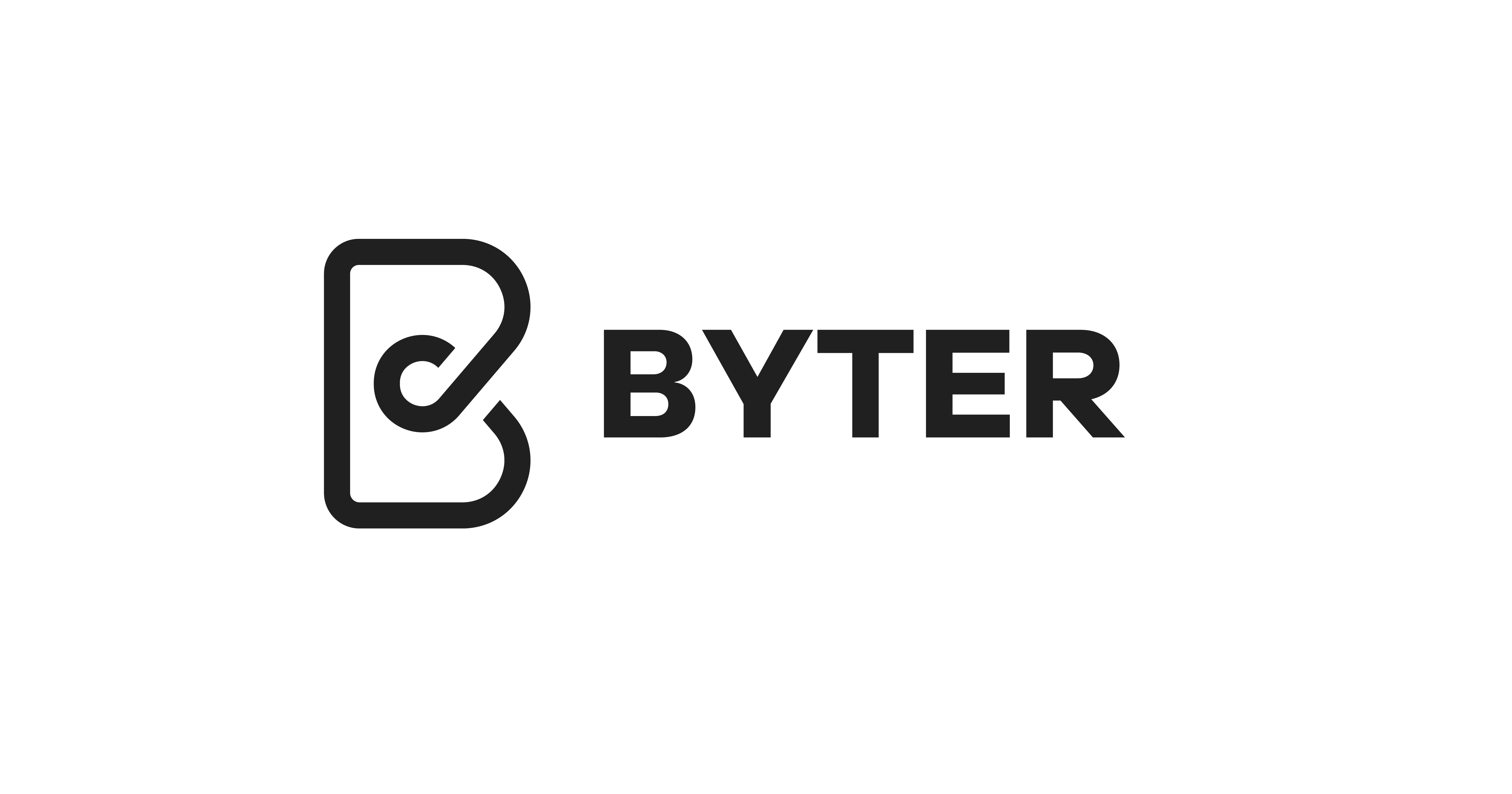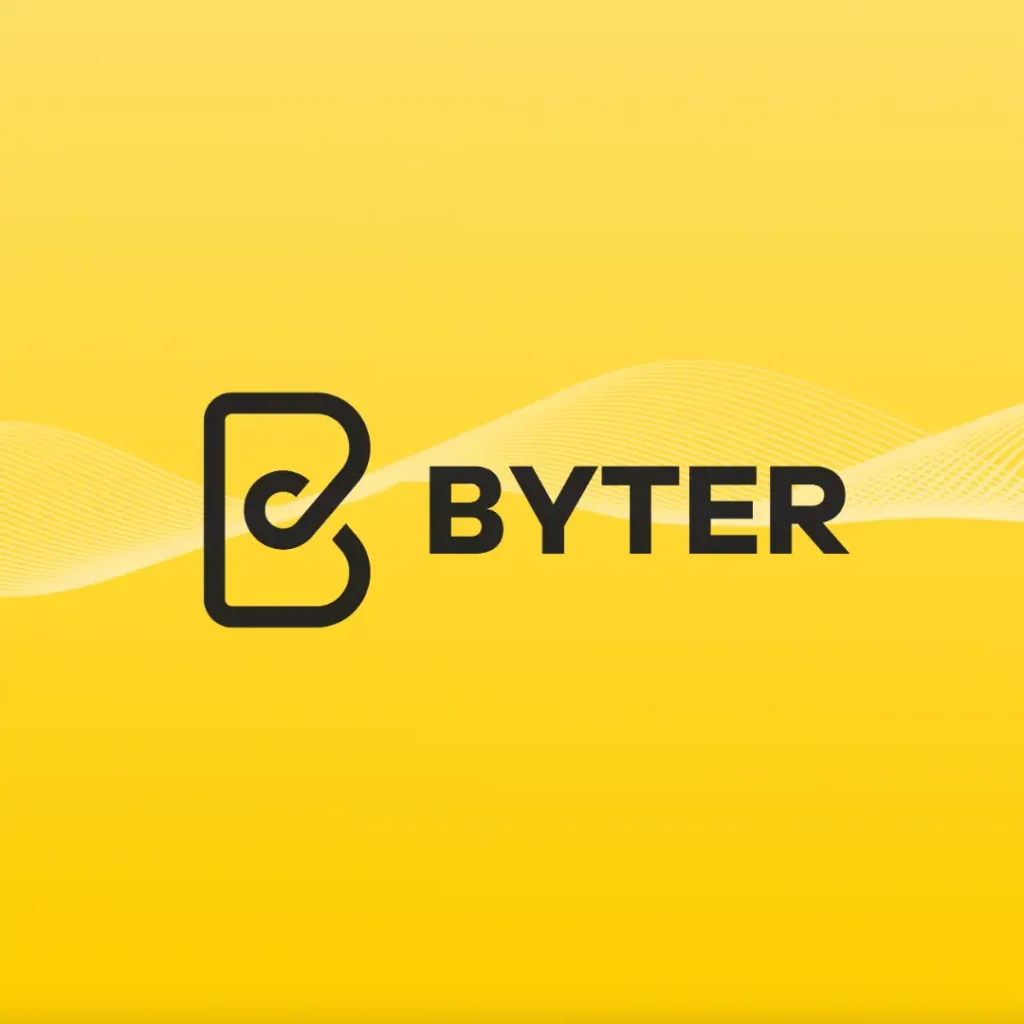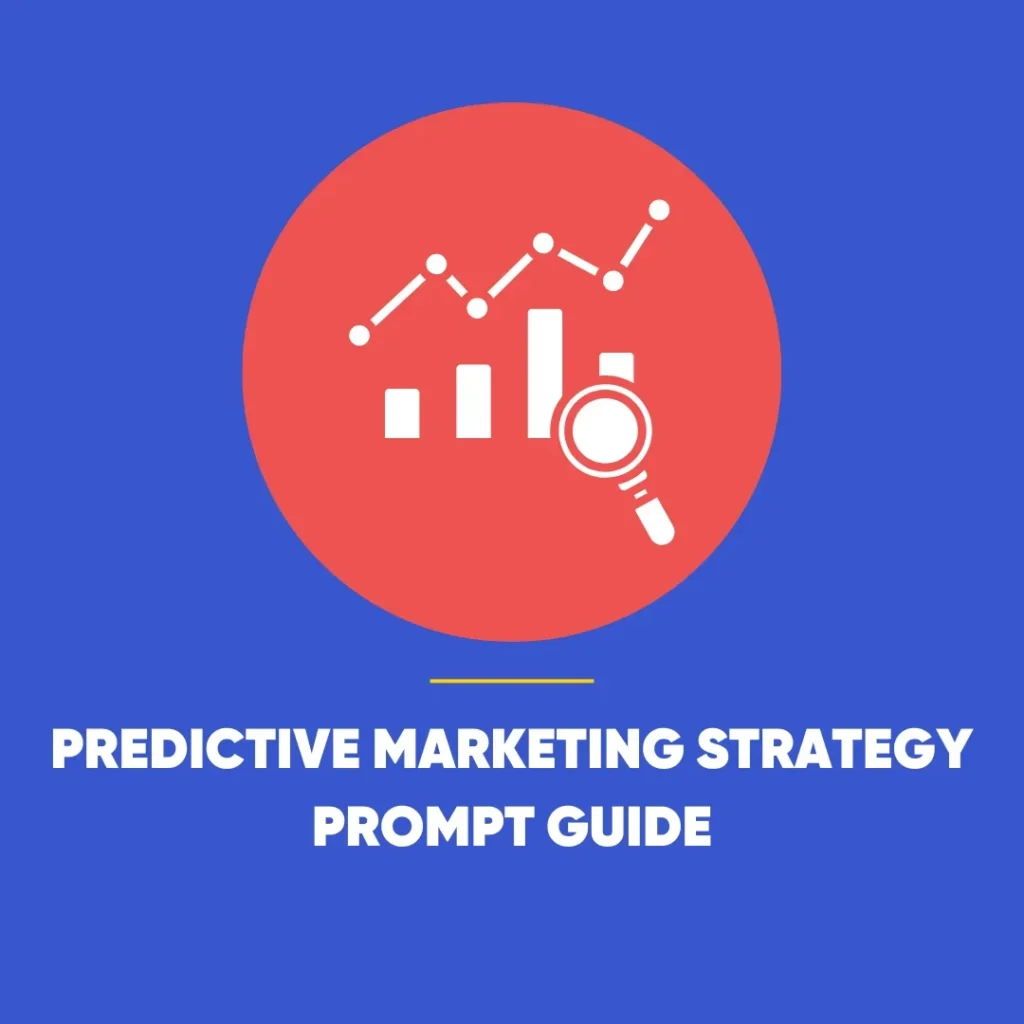Depth in Design: Creating Layers, Meaning, and Visual Harmony
Depth in design is transforming the creative world, replacing flat minimalism with layered storytelling and emotional resonance. Minimalism’s reign of clean lines and empty spaces is giving way to something richer – an approach that favours depth, discovery, and the beauty of imperfection. This is the layered aesthetic: a design philosophy that blends complexity with purpose, creating compositions that reward curiosity and hold attention far longer than the average scroll.
In a digital landscape filled with fleeting glances, the layered aesthetic invites the viewer to pause. It encourages exploration, asking the eye to look twice – and then again – to uncover every nuance hidden within the design.
Understanding Depth in Design
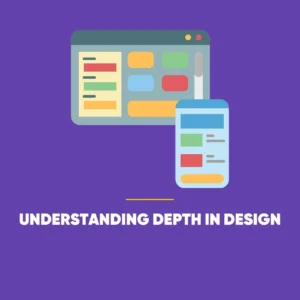 The layered aesthetic goes beyond the simple act of stacking elements or adding decorative noise. It’s about intentional depth – the careful arrangement of textures, typography, imagery, and meaning so that each element enhances the next.
The layered aesthetic goes beyond the simple act of stacking elements or adding decorative noise. It’s about intentional depth – the careful arrangement of textures, typography, imagery, and meaning so that each element enhances the next.
At its heart, layered design tells a story, inviting viewers to explore meaning beyond the surface. It also captures a sense of history, emotion, and craftsmanship, adding warmth to every detail. Much like the patina on a well-worn object, or the overlapping notes in music, each layer works together, building harmony without chaos.
This approach thrives on duality: complexity balanced by clarity, and detail structured by invisible logic. It’s the difference between a cluttered canvas and one that feels richly orchestrated.
Why Layering Engages the Human Mind
Humans are instinctively drawn to patterns and puzzles. Flat, minimal compositions can certainly be efficient – but they often leave the mind unengaged. A layered composition, by contrast, stimulates curiosity.
As the eye moves from one detail to another, the brain begins to connect shapes, textures, and colours into a cohesive whole. The first glance might communicate the message; the second and third reveal its depth. This creates what designers call visual stickiness – that magnetic quality that keeps a viewer lingering just a bit longer.
Layered design mimics the way people naturally process the world: in layers of experience, memory, and association. It feels familiar, immersive, and deeply human.
Balancing Depth in Design with Order
Of course, layering comes with its risks. Too many elements can quickly turn an elegant design into chaos. The goal isn’t to overwhelm – it’s to create visual and conceptual hierarchy beneath the surface texture.
To keep structure intact:
- First, define a primary narrative so that every layer clearly supports one central story or message.
- Next, stick to a unified palette because consistent tones and colour families help prevent visual fatigue.
- Finally, use contrast to guide the eye since scale, blur, and light variations help maintain flow and balance.
True layering hides discipline beneath apparent spontaneity – it’s controlled complexity masquerading as effortless beauty.
The Role of Technology in Modern Layering
Artificial intelligence has added a fascinating twist to the evolution of layering. Tools such as Midjourney and Photoshop’s Generative Fill can create instantly complex visuals with minimal input. Yet, these outputs often lack one critical component: intentionality.
While AI excels at generating texture and density, human designers must reintroduce logic, storytelling, and hierarchy. The best results emerge when AI-generated layers serve as raw material, refined by human hands into compositions that make sense both visually and emotionally.
Techniques for Building Depth in Design
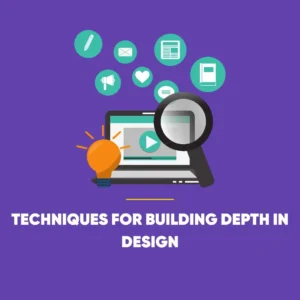 Achieving the layered aesthetic takes more than adding shadows or filters. It requires a combination of artistic intuition and technical control. Below are six practical methods that bring layered designs to life without tipping into disorder.
Achieving the layered aesthetic takes more than adding shadows or filters. It requires a combination of artistic intuition and technical control. Below are six practical methods that bring layered designs to life without tipping into disorder.
1. Typography That Breathes
Typography can form its own ecosystem within a layered composition. Designers use:
- Opacity variations to integrate text with texture.
- Contrasting scale to create rhythm between bold headlines and whispering microtext.
- Subtle depth cues like blur or shadow for spatial separation – never the harsh drop shadows of early digital design, but delicate shifts that feel organic.
2. Controlled Visual Texture
Texture adds emotion and tactility. However, overuse can drown a design. To stay balanced:
- Limit noise to one or two sources – say, paper grain or subtle film dust.
- Mask textures to specific regions rather than full coverage.
- Guide texture flow along the intended path of the viewer’s eye.
3. Negative Space as a Layer
Empty space isn’t absence – it’s a design layer in itself. By strategically placing open zones between dense areas, designers create breathing room and direct attention where it matters most. Asymmetrical negative space, in particular, generates tension and intrigue.
4. Depth Through Scale and Colour
True depth emerges not from shadows, but from variation in scale and tone. Oversized background elements, shifts in perspective, and warm-to-cool colour transitions can all imply distance and hierarchy without visual clutter.
5. Subtle Motion and Micro-Interaction
In digital spaces, motion adds a temporal layer. Parallax scrolling, gentle hover effects, and responsive micro-animations can make static compositions feel alive. When timed well, these movements mimic the natural rhythms of perception.
6. Layering Meaning in UX
However, layering isn’t confined to visuals; it also extends naturally to information architecture. Moreover, designers can combine iconography, colour, and microcopy to build rich, multi-channel meaning. In addition, tool-tips, hover reveals, and contextual prompts help create a secondary narrative beneath the surface experience.
The Emotional Dimension of Depth in Design
What makes a layered design so powerful is its emotional resonance. It feels personal – like discovering a handwritten note between the pages of a book. Every detail, texture, or overlap carries intent, evoking curiosity and nostalgia.
In a world obsessed with efficiency and simplicity, layered design reintroduces slowness. It invites the audience to linger, to explore, and to enjoy the small act of discovery. That emotional exchange between designer and viewer transforms design into storytelling.
Beyond Visuals: The Future of Layered Thinking
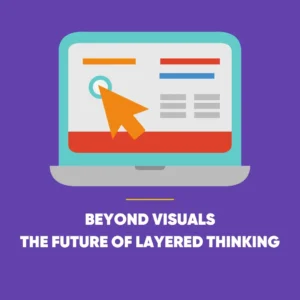 Layering is evolving into a multidisciplinary philosophy. It’s now influencing data visualisation, storytelling, and even spatial design.
Layering is evolving into a multidisciplinary philosophy. It’s now influencing data visualisation, storytelling, and even spatial design.
- Data visualisation: Complex information is no longer flattened into simple charts. Instead, it’s layered to reveal relationships, trends, and context in digestible stages.
- Interactive narratives: Designers are experimenting with branching storylines and hidden Easter eggs that reward exploration.
- Augmented and virtual reality: These environments rely on literal layering – digital information mapped onto physical space – requiring users to navigate through data both physically and mentally.
As technology advances, the layered aesthetic is becoming more than a style – it’s a fundamental skill. Those who master it will lead the next era of design, creating work that feels not just seen, but experienced.
Conclusion: The Art of Controlled Complexity
Overall, the layered aesthetic represents a significant shift in how design communicates with its audience. It also blends order and unpredictability, balancing logic and emotion with effortless grace. Furthermore, it rejects the sterile perfection of minimalism in favour of something more human – messy, textured, and alive.
Each layer tells a part of the story, contributing to a whole that feels timeless and immersive. Whether in print, digital media, or immersive environments, layered design reminds us that beauty often lies in what’s hidden beneath the surface – waiting to be discovered.
